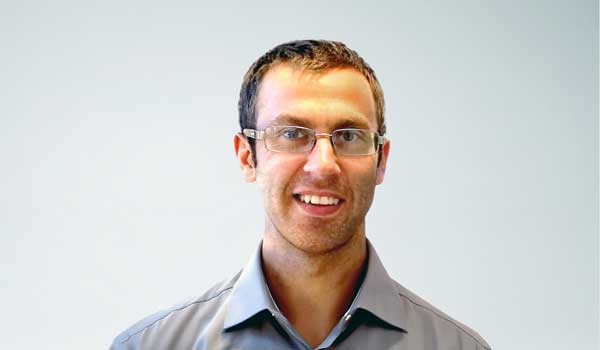Q: On what specific aspects of lifestyle does this research focus?
Yates: We know that lifestyle factors like physical activity, nutrition, and sleep are fundamental determinants of health. These are factors that public health researchers are interested in, both in the academic community and the insurance community. The key question is how we can use that data to inform prognostic models of mortality.
Q: What was your methodology for this study and what questions were you trying to answer?
Yates: Using the Biobank data, we worked with RGA to look at two research questions.
The first was to define two cohorts – a standard-lives cohort and a chronic-disease cohort. We then separated each into adults 60 years old or younger and adults over 60. We wanted to understand in these two cohorts how lifestyle factors were associated with mortality.
For the second research question, we sought to understand whether we could actually use these relatively easy-to-measure lifestyle factors in place of more established clinical risk factors in standard risk prediction models. The findings were really quite insightful.
Q. What were your findings?
Bakrania: In general, our findings were that these lifestyle factors were important risk markers and that they tended to be particularly important in the chronic-disease cohort and the younger-age cohort.
So, for example, if we look at the value of cholesterol in the blood, which requires a blood sample, we found that if we replace cholesterol with resting heart rate or self-reported walking pace, we could actually improve the prognostic discrimination of those models in both younger and older men and in older women. That really does have some potential to change the way things are done.
Q: How will these findings impact underwriting and the insurance industry?
Bakrania: The work will greatly enhance our biometric research knowledge and will provide us with a deeper understanding of how new rating factors differentiate morbidity and mortality risk. It is likely that these findings will help our industry pursue innovations in underwriting, pricing, and insurance-linked wellness programs.
Adding to this, the insights gained from integrating lifestyle factors into risk assessment models have several tangible benefits for the insurance industry. First, they enable a more personalized approach to underwriting, which can enhance customer satisfaction and loyalty. The ability to offer tailored insurance products that reflect an individual's lifestyle and associated risks can differentiate insurers in a competitive market.
Moreover, these advanced risk models can lead to more accurate pricing strategies. By understanding the nuanced effects of various lifestyle factors on health outcomes, insurers can adjust premiums more fairly, potentially reducing the number of claims and improving profitability.
Q: What is the benefit of this information for the policyholder and society in general?
Bakrania: The proactive approach of using lifestyle data for risk assessment encourages policyholders to adopt healthier habits. It makes them more conscious of how their lifestyle choices directly impact their insurance premiums and their health. This not only benefits individuals but contributes broadly to public health improvement.
Q: What comes next for this partnership, and what will be the impact?
Yates: We're trying to extend the work that we've already done with RGA to focus on data collected from activity trackers. The extension into wearable technology through smartwatches and mobile phones is poised to further revolutionize the insurance industry by introducing real-time data tracking and analysis, which can dynamically adjust policy terms and conditions based on the live data received from policyholders' devices. This opens opportunities for even more personalized insurance plans and introduces a new dimension of interaction between the insurer and the insured.
Future research reports will provide a detailed analysis of new and established biometric risk factors and how they interact to affect mortality and morbidity outcomes. Ask us about an early look at the results.






